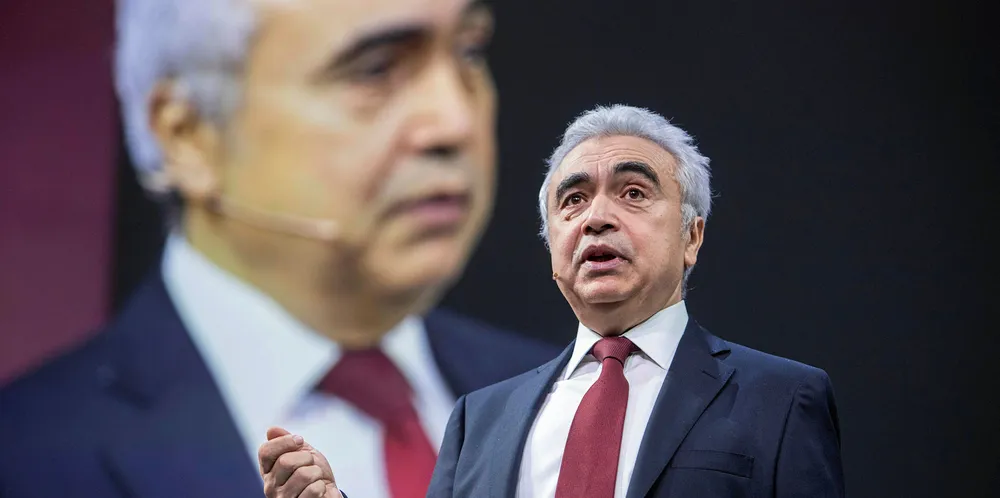Spend $1trn a year for sustainable energy recovery from Covid: IEA
International Energy Agency claims plan would boost jobs and growth while making systems greener

International Energy Agency claims plan would boost jobs and growth while making systems greener
